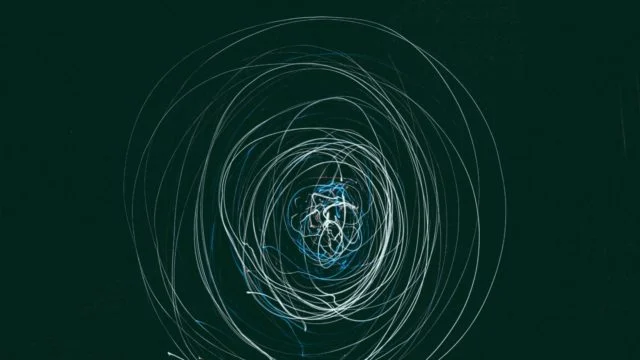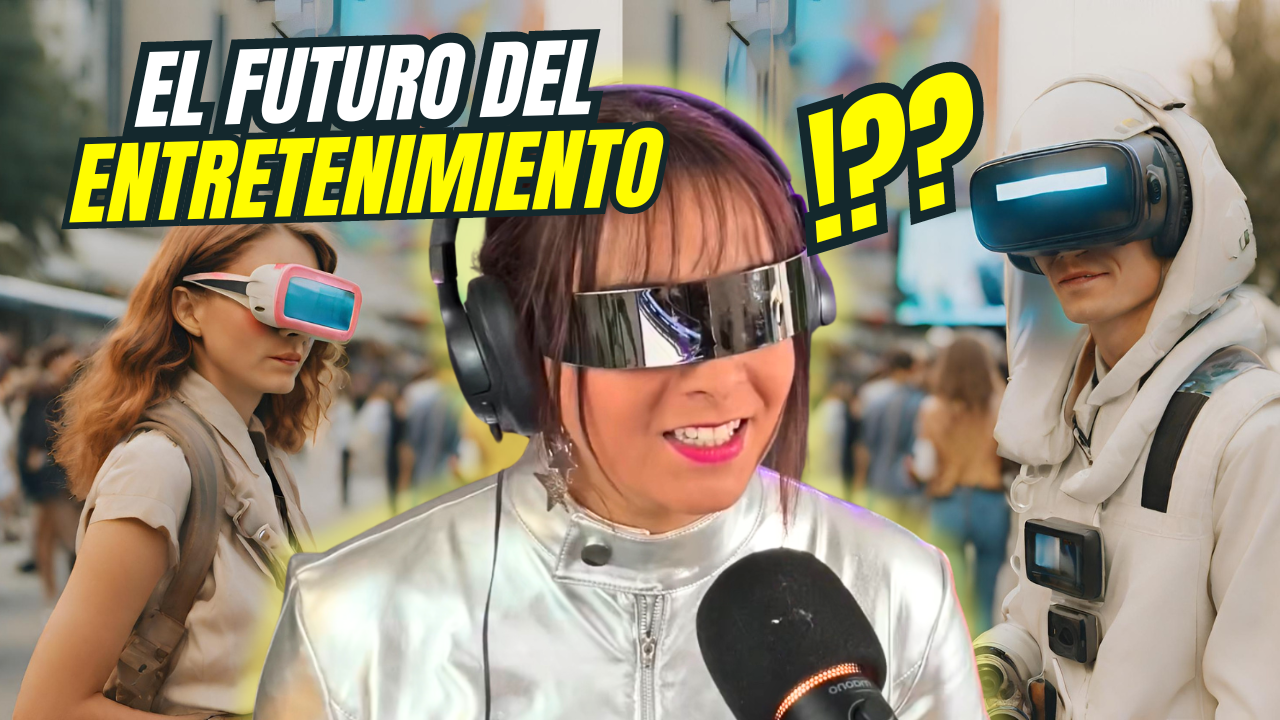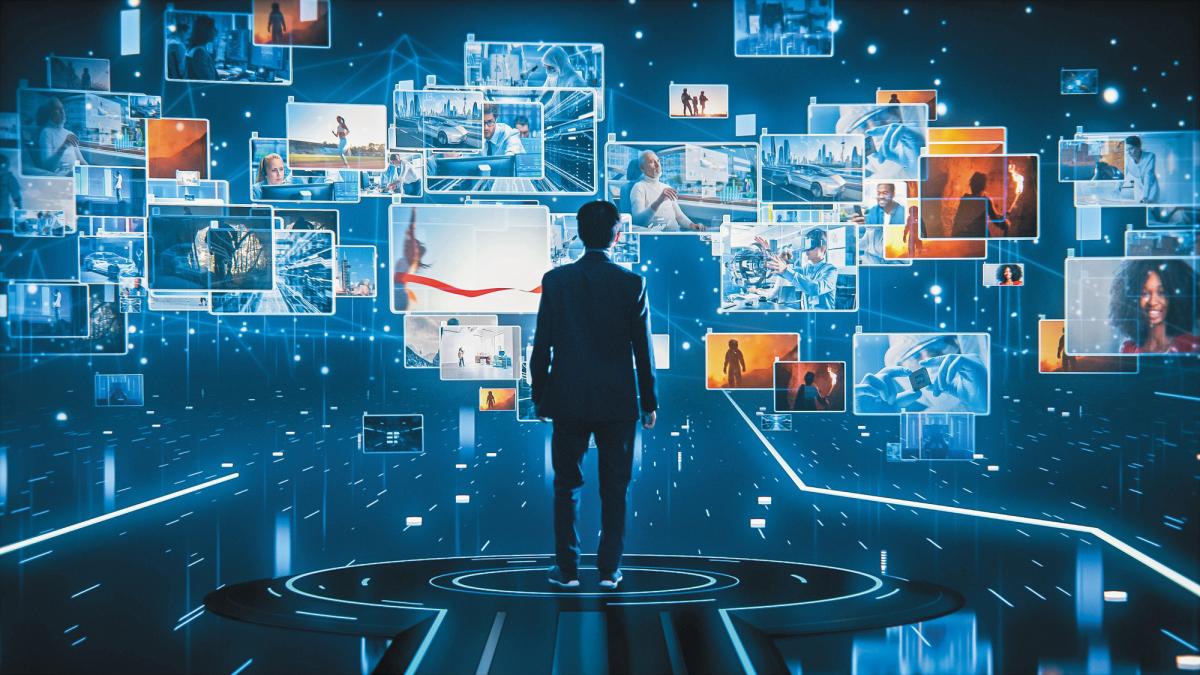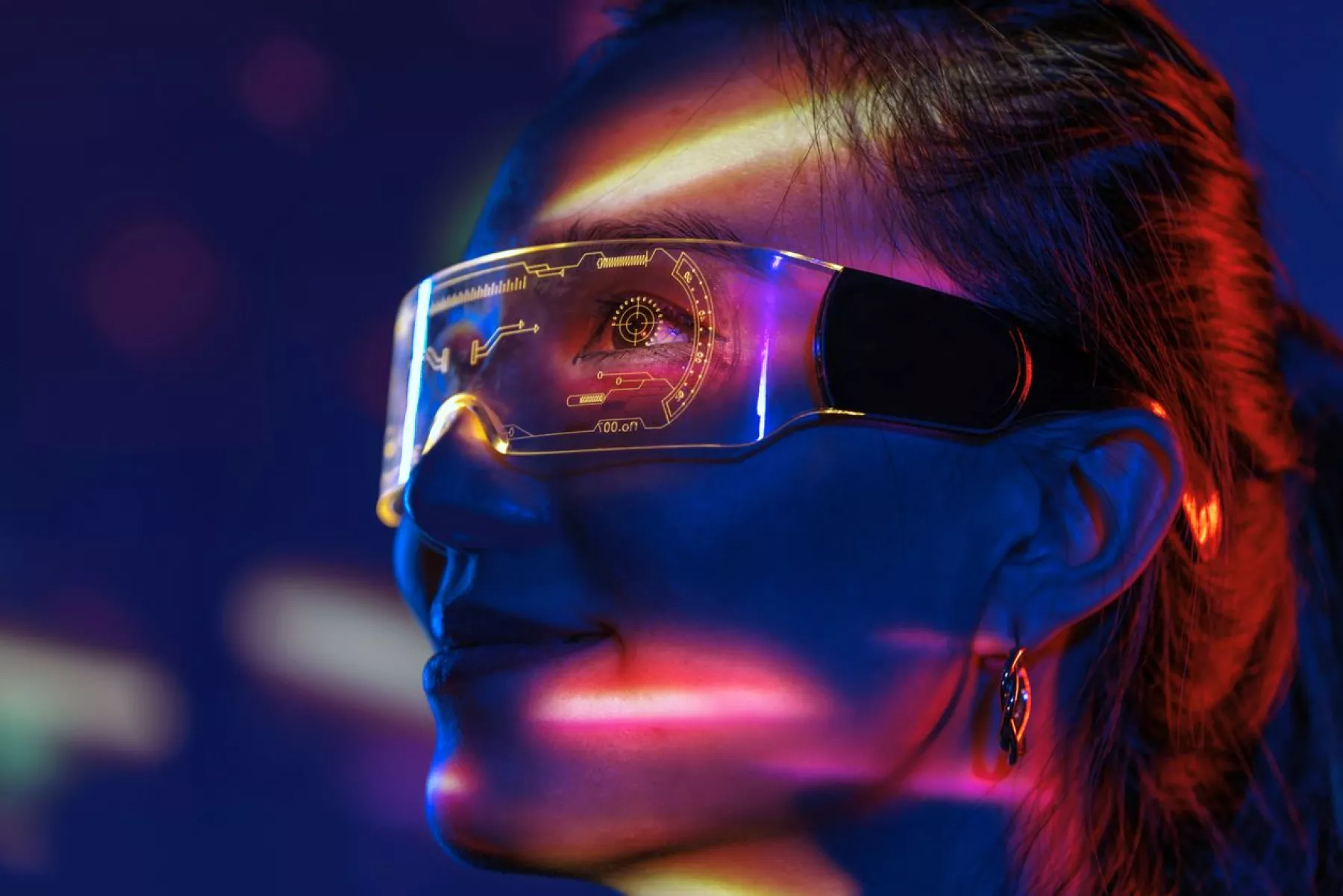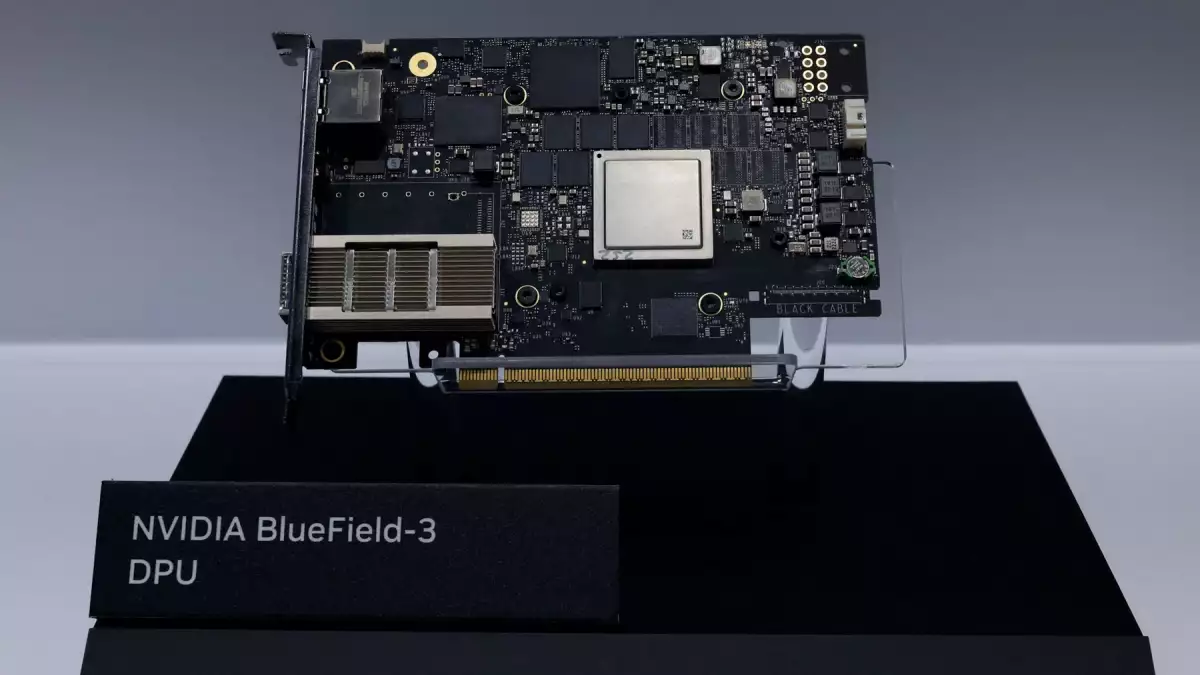
Virtual Reality: another world within reach of your eyes
When talking about Virtual Reality (VR), many of us think of science fiction films like Minority Report
What is Virtual Reality?
Virtual Reality (VR) is an environment of realistic-looking scenes and objects—generated by computer technology—that creates the sensation of being immersed in it for the user. This environment is viewed through a device known as Virtual Reality glasses or a headset. Thanks to VR, we can immerse ourselves in video games as if we were the characters themselves, learn how to operate on a heart, or improve the quality of sports training to obtain maximum performance.
This may seem extremely futuristic, but it is not as recent in origin as we might think. In fact, many consider that one of the first Virtual Reality devices was the so-called Sensorama, a machine with a built-in seat that played 3D films, emitted smells and generated vibrations to make the experience as vivid as possible. The invention dates back to no less than the mid-1950s. From then on, technological and software development in the following years brought with it the relevant evolutions both in devices and in interface design.
Differences with Augmented Reality
Despite being a technology that has its origins decades ago, the concept of Virtual Reality is still a distant one for many people. It is also quite common to confuse the term Virtual Reality with Augmented Reality .
The main difference between the two is that VR constructs the world in which we immerse ourselves through specific glasses. It is a totally immersive environment and everything we see is part of an artificially constructed environment through images, sounds, etc. On the other hand, in the case of Augmented Reality (AR), our own world becomes the support for placing objects, images or similar. Everything we see is in a real environment and it may not be strictly necessary to use glasses. The clearest and most mainstream example of this concept is Pokémon Go.
Main applications of Virtual Reality
So far, the theory that projects us into the future. But in which sectors is Virtual Reality being used today? Medicine, culture, education and architecture are some of the areas that have already succumbed to the advantages offered by this technology. From guided tours of museums to the dissection of a muscle, VR allows us to cross boundaries that would otherwise be unimaginable.
The future of Virtual Reality
Virtual Reality is one of the technologies with the greatest growth projection. According to the latest forecasts from IDC Research (2018), investment in VR and AR will increase 21-fold in the next four years, reaching 15.5 billion euros in 2022. In addition, both technologies will be key in companies' digital transformation plans , whose spending in this area will exceed that of the consumer segment in 2019. In this sense, it is expected that in 2020 more than 50% of large European companies will have a VR and AR strategy
Today, the market demands applications that go beyond leisure, tourism or marketing and that are more accessible to users. Virtual interfaces must also be improved to avoid defects such as clipping, which makes certain solid objects appear to pass through each other. Or to minimize the effects that VR produces on the body, including the so-called motion sickness, which consists of dizziness induced by the mismatch between the movement of our body and the vision of the virtual world.
Major technology companies are already working to develop glasses that do not require cables and that allow viewing HD images. Thus, they are developing virtual reality glasses in 8K and with much more powerful processors. There is even talk that in the coming years they could integrate Artificial Intelligence . 5G can also provide very interesting scenarios for the evolution of VR. This standard will allow more devices and large communities of users to be connected. In addition, its almost imperceptible latency will make it possible for consumers to receive images in real time, almost as if they were seeing them with their own eyes.
Whatever the case, Virtual Reality is no longer science fiction. It is integrated into our present and, in the coming years, will be the protagonist of advances that will shape the future.
Leave a comment:


Tranding News

